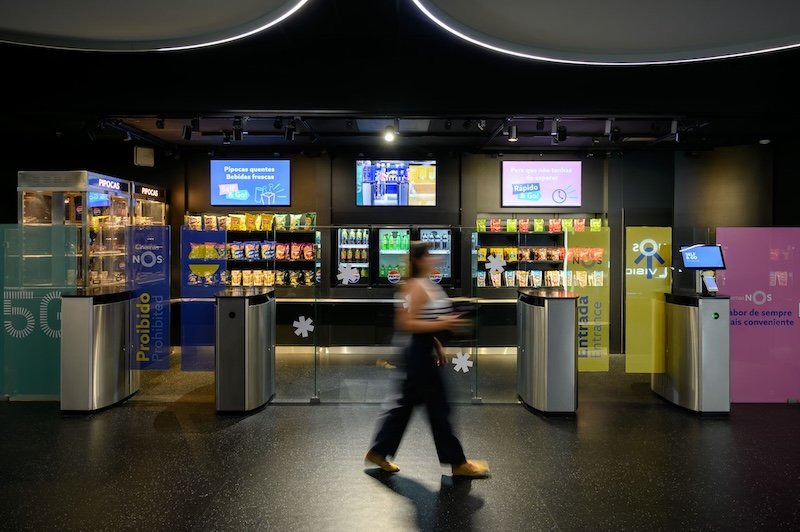How realistic will interactive virtual reality games become In 2025?
For many of us virtual reality has seemed to have been on the verge of entering the mainstream for some time now. As long ago as 2019 the management consultancy PwC was predicting that it had come of age and was set to make a major contribution to the country’s GDP.
While the report may still seem to have been over-optimistic the technology is indeed starting to make inroads. Increasingly it’s being used in many fields from medicine to aeronautics and from retail to gaming.
It’s in the latter sector that many of the biggest advances are anticipated in the near future as a critical mass is close to being attained. This will be the point at which developing VR games, with all the investment that entails, becomes economically viable.
It’s not just pure gaming either. It’s thought that many online casinos are working to develop their own VR games. As well as traditional games like roulette, poker and blackjack slots are offered by many sites. By using VR technology playing any of these games promises to become a far more immersive experience than ever before – the holy grail of the online casino industry
There are a number of factors that are set to transform VR gaming, all led by advances in technology. Soon we could see all five of these being incorporated into our video games.
Sensory experiences
In the past certain attractions have included so-called 4D experiences ranging from cinema seats that vibrate to recreate earthquake tremors occurring on screen or rain falling from above. Soon the same kind of effect is set to become part of video games through technology known as haptics.
It involves the introduction of wearable tech like vests and gloves which contain sensors that can cause a variety of sensations for the wearer. It may be the feeling of a bullet passing nearby or a more pleasant sensation of the sun on your back. This may also link to the far more esoteric field of Brain-Computer interfaces.
Brain-Computer Interfaces
This is technology that is currently being pioneered in medicine as a method, amongst others, of enabling users of prosthetic limbs to control them through brainwaves. While it’s still in fairly early stages it’s obviously something that games developers will be very keen to incorporate when it becomes possible.
This, too, will probably include the need to incorporate some kind of wearable technology and the obvious solution would be to build the brainwave sensors onto the VR headsets themselves. It may seem like a science fiction fantasy at the moment. But with the current pace of technological development, it could be with us sooner than we think.
High Fidelity Visuals
Until fairly recently the visual elements of virtual reality have tended to be rather basic. However, this is another area that is coming on in leaps and bounds. One only has to look at the superb level of visual rendering apparent in games today to see how it has progressed.
The good news is that there is even more room for development so we can expect to have some truly breathtaking visuals in VR games in the very near future, so realistic that they are almost impossible to tell that they have been generated by a computer. Alongside the other elements already described they are set to truly transport players into another realm.
AI
No prediction of what the future holds for VR gaming would be complete without a mention of Artificial Intelligence. While some predict it spells the end of civilisation it promises to take gaming to a whole new level. For example, it is already helping to create “smart” games that change and adapt according to a player’s preferences and ability. It also allows Non-Playing Characters in games to have a more active role, further enriching the playing experience by making games more complex.
Volumetric Content
This is a real buzzword in the industry as Volumetric Content is set to transform the way gaming world can be experienced in three dimensions. Using depth-sensing cameras captures infra-red light to create a 3D mesh of the subject being filmed.
The simultaneous use of a number of other normal cameras provides the depth of colour needed. The result is like a hyper-real hologram. An example of this is the ABBA Voyage stage show which has received many plaudits for the uncanny way that it brings the group vividly to life through their ageless avatars.
So, the next 12 months, and beyond, promise to be a very exciting time for VR gaming. And if even half of the technologies described here are incorporated then we can look forward to the virtual and the real worlds moving closer together than ever before.































Continue reading…